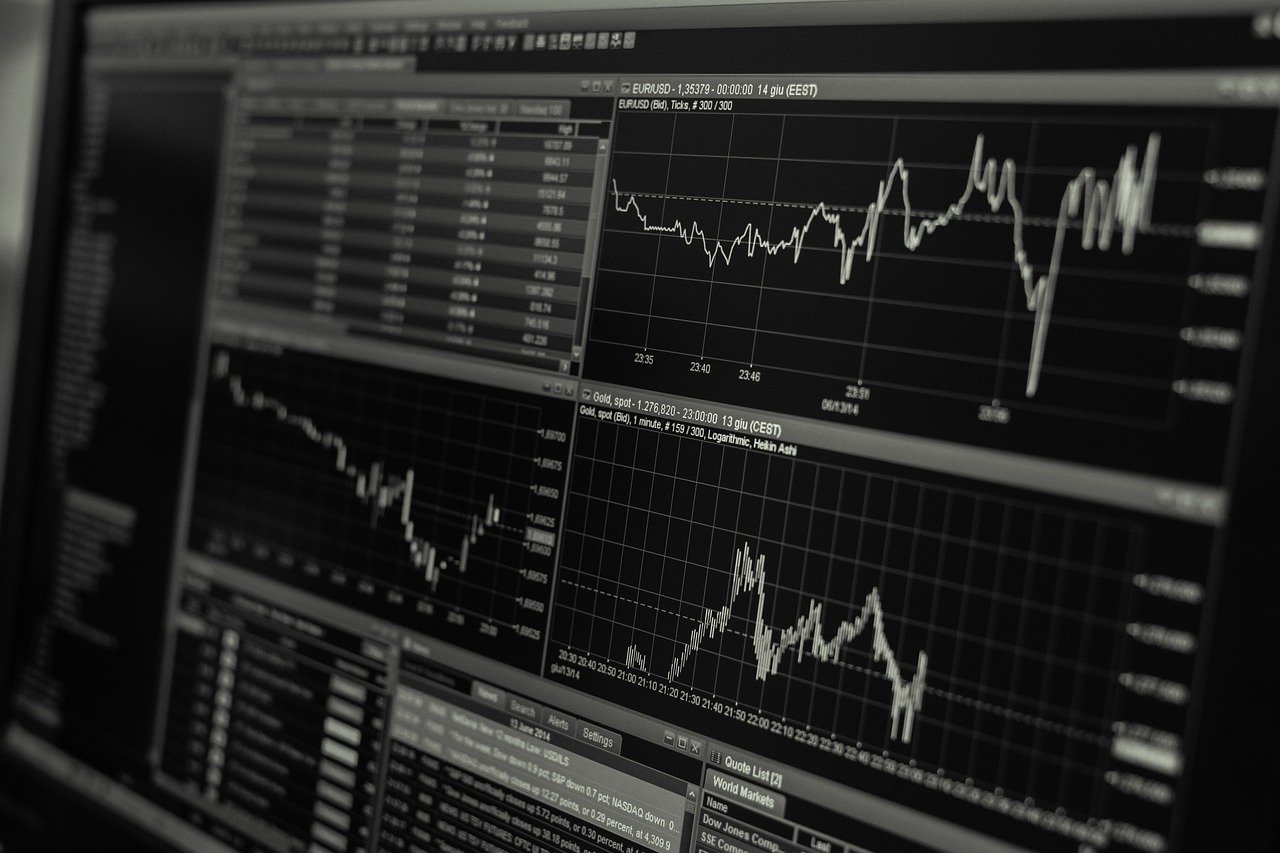
Economics & Growth | Equities | Rates | US

Economics & Growth | Equities | Rates | US
Many say that higher US bond yields will derail the US equity rally. Yet, US 10y yields have more than doubled to 1.24% today since their August 2020 low of 0.5%, while US equities have rallied 20% over that period. And these last six months are not unusual. Since the 2008 global financial crisis, changes in equities and bond yields are generally positively correlated (Chart 1). So, the norm is to see higher yields with higher equities and lower yields with lower equities.
This article is only available to Macro Hive subscribers. Sign-up to receive world-class macro analysis with a daily curated newsletter, podcast, original content from award-winning researchers, cross market strategy, equity insights, trade ideas, crypto flow frameworks, academic paper summaries, explanation and analysis of market-moving events, community investor chat room, and more.
Many say that higher US bond yields will derail the US equity rally. Yet, US 10y yields have more than doubled to 1.24% today since their August 2020 low of 0.5%, while US equities have rallied 20% over that period. And these last six months are not unusual. Since the 2008 global financial crisis, changes in equities and bond yields are generally positively correlated (Chart 1). So, the norm is to see higher yields with higher equities and lower yields with lower equities.
This positive correlation suggests that what matters for equities is the nominal growth expectations side of rates markets. Higher yields mean greater nominal growth expectations, which is positive for equities. On the few occasions when the correlation between bond yields and equities flips, bond yields have reflected Fed tightening (Chart 1). So, episodes like the taper tantrum in 2013 or the Fed hiking cycle in 2018 both saw higher yields reflecting a tighter Fed, which in turn was expected to reduce growth.
Even looking further back, we find that the larger equity corrections of the dot-com period or the global financial crisis were associated with falling bond yields (Chart 2). Investors, then, should worry about falling, not rising, yields, especially if the Fed is not expected to tighten.
Spring sale - Prime Membership only £3 for 3 months! Get trade ideas and macro insights now
Your subscription has been successfully canceled.
Discount Applied - Your subscription has now updated with Coupon and from next payment Discount will be applied.